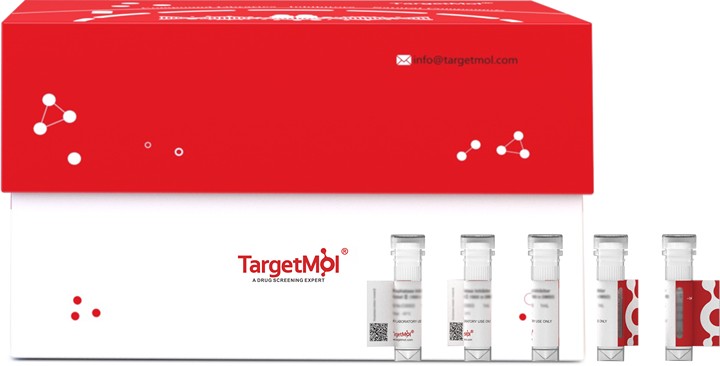Shopping Cart
- Remove All
 Your shopping cart is currently empty
Your shopping cart is currently empty

IGF2/IGF-II Protein, Human, Recombinant (hFc & Avi), Biotinylated is expressed in HEK293 Cells. The accession number is P01344-1.

| Pack Size | Price | Availability | Quantity |
|---|---|---|---|
| 20 μg | $462 | Backorder | |
| 100 μg | $1,060 | Backorder |
| Biological Activity | Immobilized IGFBP4 Protein, Human, Recombinant (His) (Cat#TMPY-00836) at 2 μg/mL (100 μL/well) can bind IGF2/IGF-II Protein, Human, Recombinant (hFc & Avi), Biotinylated (Cat#TMPY-07106) ,the EC50 is 50-150 ng/mL. |
| Description | IGF2/IGF-II Protein, Human, Recombinant (hFc & Avi), Biotinylated is expressed in HEK293 Cells. The accession number is P01344-1. |
| Species | Human |
| Expression System | HEK293 Cells |
| Tag | C-hFc-Avi |
| Accession Number | P01344-1 |
| Synonyms | SRS3,PP9974,PP1446,IGF-II,GRDF,FLJ44734,C11orf43 |
| Construction | A DNA sequence encoding the Human IGF2 (P01344-1)(Ala25-Glu91) was expressed with a c-terminal AVI tagged Fc region of human IgG1 at the C-terminus (Fc-AVI). The expressed protein was biotinylated in vivo by the Biotin-Protein ligase (BirA enzyme) which is co-expressed. |
| Protein Purity | ≥ 95% as determined by SDS-PAGE. ≥ 90% as determined by SEC-HPLC. |
| Molecular Weight | 36.93 kDa (predicted); 43.7 kDa (reducing contition) |
| Endotoxin | < 1.0 EU per μg protein as determined by the LAL method. |
| Formulation | Lyophilized from sterile PBS, pH 7.4. Please contact us for any concerns or special requirements. Normally 5 % - 8 % trehalose, mannitol and 0.01% Tween 80 are added as protectants before lyophilization. Please refer to the specific buffer information in the hardcopy of datasheet or the lot-specific COA. |
| Reconstitution | Please refer to the lot-specific COA. |
| Stability & Storage | It is recommended to store recombinant proteins at -20°C to -80°C for future use. Lyophilized powders can be stably stored for over 12 months, while liquid products can be stored for 6-12 months at -80°C. For reconstituted protein solutions, the solution can be stored at -20°C to -80°C for at least 3 months. Please avoid multiple freeze-thaw cycles and store products in aliquots. |
| Shipping | In general, Lyophilized powders are shipping with blue ice. |
| Research Background | Insulin-like growth factor 2 (IGF-2/IGF-II) is a member of the insulin family of polypeptide growth factors, which are involved in development and growth. It is an imprinted gene, expressed only from the paternal allele, and epigenetic changes at this locus are associated with Wilms tumor, Beckwith-Wiedemann syndrome, rhabdomyosarcoma, and Silver-Russell syndrome. IGF-2/IGF-II is a mediator of prolactin-induced alveologenesis; prolactin, IGF-2, and cyclin D1, all of which are overexpressed in breast cancers, are components of a developmental pathway in the mammary gland. IGF-2 and exhibited statistically significant, positive associations with colorectal cancer risk when cases were confined to those diagnosed within a relatively short period after enrolment. Circulating IGF-2 and IGFBP-3 can serve as early indicators of impending colorectal cancer. IGF-2/IGF-II appears to be involved in the progression of many tumors. It binds to at least two different types of receptors: IGF type 1 (IGF 1R) and mannose 6-phosphate/IGF type 2 (M6-P/IGF 2R). Ligand binding to IGF 1R provokes mitogenic and anti-apoptotic effects. M6-P/IGF 2R has a tumor suppressor function—it mediates IGF 2 degradation. Mutation of M6-P/IGF 2R causes both diminished growth suppression and augmented growth stimulation. This study aimed to investigate the role of IGF 2 and its receptors (IGF 1R and IGF 2R) in human gastric cancer. |

Copyright © 2015-2025 TargetMol Chemicals Inc. All Rights Reserved.